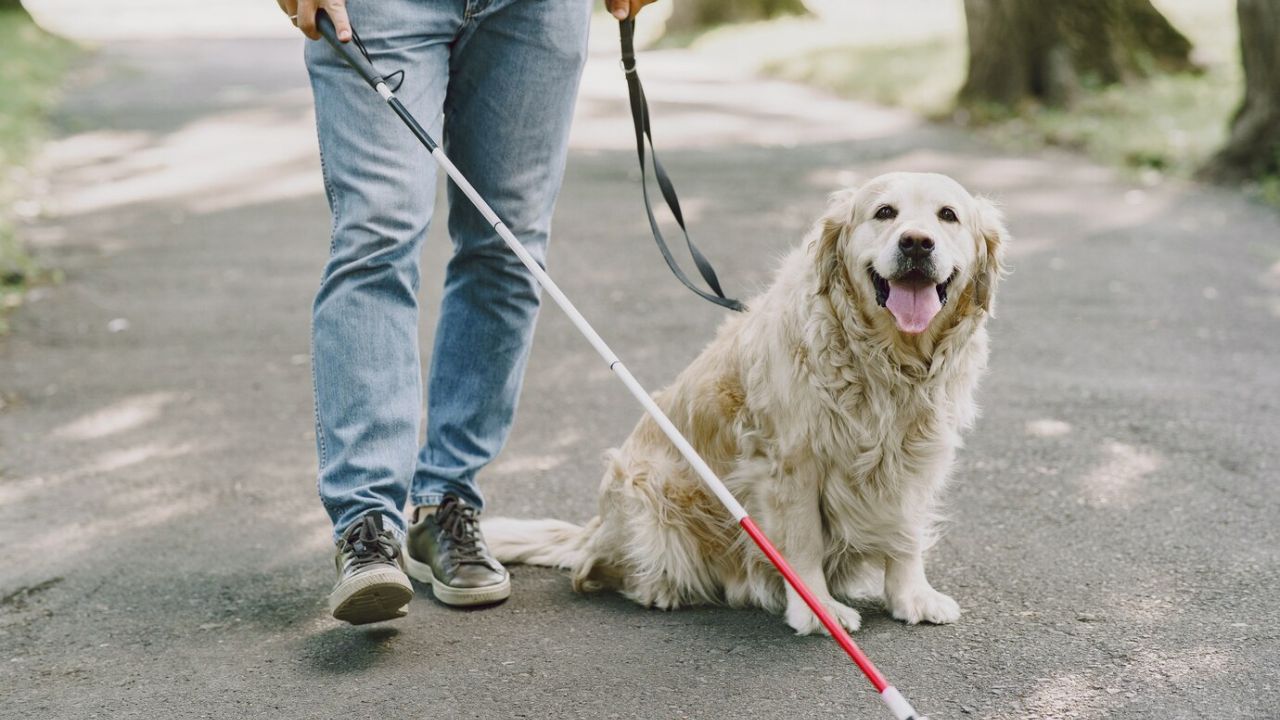Hey there, pet parents and animal lovers! Let’s take a moment to talk about something close to our hearts: caring for our furry friends, especially when they face challenges like pet paralysis.
You know that feeling when your pet looks up at you with those big, trusting eyes, and you’d do anything to make them happy? Well, that’s exactly what we’re diving into today.
Imagine the scene: once bounding with energy, your pet is now facing the hurdles of paralysis. But fear not! Their story doesn’t end there. It’s just the beginning of a new chapter filled with love, support, and endless cuddles.
So grab a cosy spot, snuggle up with your furry friend, and let’s explore nine essential ways to ensure their journey is nothing short of a fairy tale.
Consult with a Veterinarian:
The first step in caring for a paralyzed pet is to seek guidance from a veterinarian experienced in treating mobility issues. Your vet can comprehensively assess your pet’s condition, recommend appropriate treatments or therapies, and offer advice on managing their specific needs.
Maintain Proper Hygiene:
Paralyzed pets may require extra attention to hygiene to prevent skin infections and sores. Regular bathing, grooming, and cleaning of urine or faeces are essential to keep your pet clean and comfortable. Use pet-friendly wipes or sprays to keep their skin clean between baths and ensure a dry and comfortable living environment.
Provide Supportive Mobility Aids:
Mobility aids such as wheelchairs or harnesses can significantly improve your paralyzed pet’s quality of life by enabling them to move around independently. Consult your vet or a pet rehabilitation specialist to determine the most suitable mobility aid for your pet’s needs and condition.
Adapt Your Home Environment:
Adjust your home environment to accommodate your paralyzed pet’s mobility needs. Create ramps or provide non-slip surfaces to help them safely navigate the house. Keep pathways clear of obstacles and provide soft bedding or padded surfaces to prevent pressure sores.
Implement Physical Therapy Exercises:
Physical therapy exercises can help strengthen your paralyzed pet’s muscles, improve circulation, and prevent stiffness or muscle atrophy. Work with a qualified veterinarian or pet rehabilitation therapist to develop a customized exercise plan tailored to your pet’s abilities and limitations.
Monitor Their Diet and Weight:
Proper nutrition is essential for maintaining your paralyzed pet’s health and well-being. Consult your vet to ensure they receive a balanced diet appropriate for their age, size, and activity level. Monitor their weight closely and adjust their diet as needed to prevent obesity, which can exacerbate mobility issues.
Manage Bladder and Bowel Function:
Paralyzed pets may have difficulty controlling their bladder and bowel function, requiring extra attention to manage these needs. Establish a consistent toileting routine and consider using diapers or absorbent pads to manage accidents. Consult your vet for advice on bladder expression techniques and medications to help regulate bowel movements.
Provide Emotional Support:
Coping with dog paralysis treatment can be stressful and challenging for your pet, so it’s essential to provide them with plenty of love, attention, and emotional support. Spend quality time with your pet, engage in activities they enjoy, and provide reassurance and comfort during moments of frustration or anxiety.
Stay Informed and Educated:
Stay informed about advancements in veterinary care and treatments for paralyzed pets or dog back leg paralysis treatment. Join online forums or support groups for pet owners facing similar challenges to share experiences, seek advice, and find resources. Educate yourself about your pet’s condition and treatment options to make informed decisions about their care.
Conclusion:
Caring for a paralyzed pet requires patience, dedication, and a willingness to adapt to their unique needs. By following these nine tips for providing love and support, you can help your pet lead a fulfilling and happy life despite its mobility challenges. Remember, with the right care and attention, paralyzed pets can thrive and continue to bring joy and companionship to their owners for years to come.

